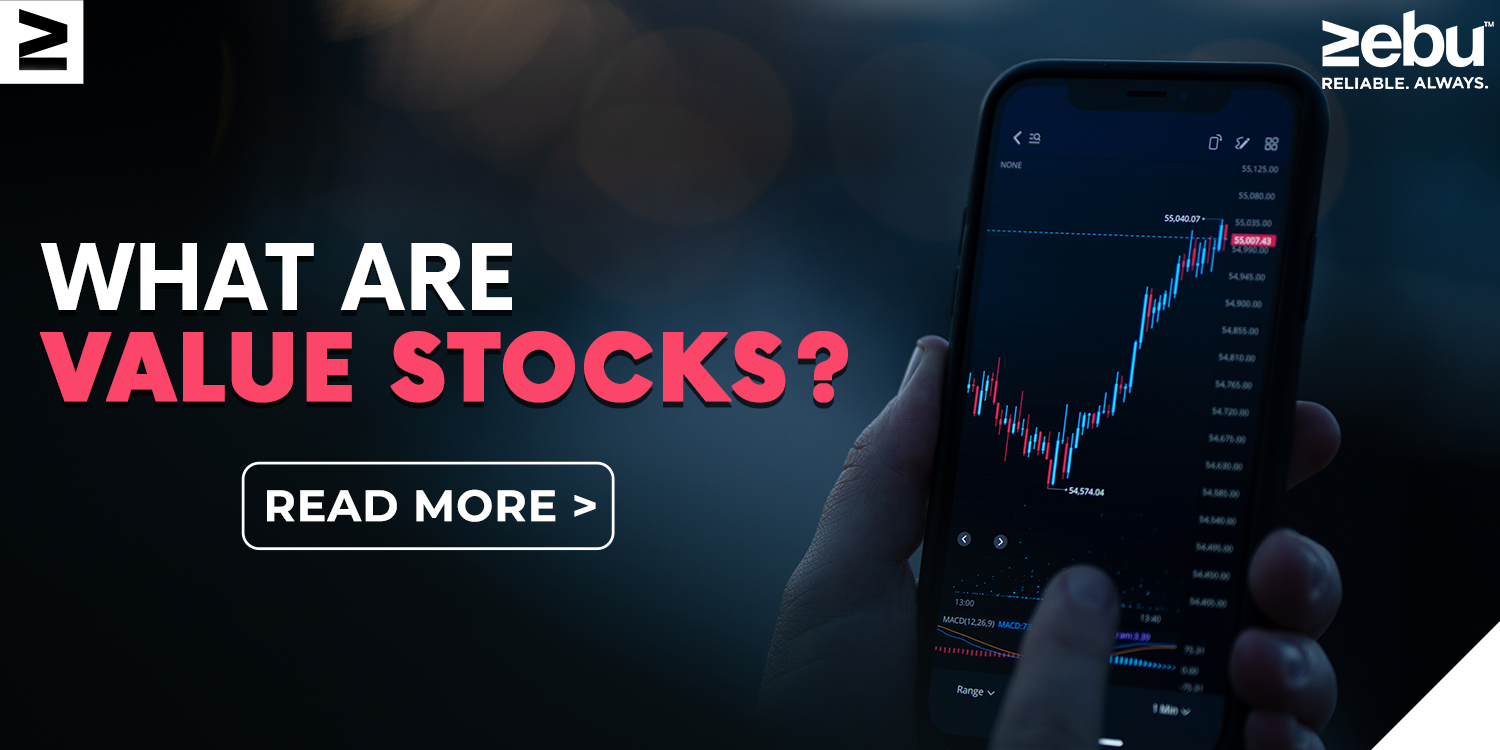
Large Cap vs Mid Cap vs Small Cap: Key Differences That Actually Matter
Stocks that are thought to be undervalued on the stock market are called “value stocks.” Many investors think that the market overreacts to any news, which causes stock prices to change in ways that don’t show how strong the company’s fundamentals really are. So, stocks that are currently trading for less than what the company is really worth are called “value stocks.” Investing in value stocks, also called “value investing,” is a strategy based on the idea that the market will eventually figure out what these stocks are really worth, which will cause the price to go back up and bring in good profits. What do value stocks do? The idea of buying low and selling high is at the heart of value investing. If you know how much something is really worth, you can buy it for less and sell it for more. This is how it works to buy stocks based on their value. The investor finds the value stock, buys it at a discount and holds on to it until it reaches its real value, at which point he or she makes a lot of money. Stock sales and discounts won’t be advertised and shown to the public. You, as a smart and realistic investor, will need to find stocks that are trading cheaply so you can buy them now and make money from them later. Features Value stocks are cheaper than other stocks like growth stocks because they are undervalued. One thing that value investing stocks have in common is a low price-to-earnings ratio and a high dividend yield from stocks that aren’t doing as well. Another important thing about value stocks is that their prices don’t change as much when the market is high or low. How To Find A Value Stock Intrinsic value is a combination of studying the financial structure, cash flows, revenues, and profits, as well as fundamental factors like the brand, business model, market structure, etc. This is an important thing to think about when looking for the best stocks to buy. Investors use the following ways to figure out how much a company’s stock is worth: Price-to-book (P/B) ratio: Divide the price of a company’s stock by its book value per share to get the price-to-book ratio. Book value is the value of a company’s assets minus its debts. Low P/B ratios can be a sign that a stock is undervalued and can help you find a good value stock. P/E ratio (price to earnings ratio): The price-to-earnings ratio is found by dividing the stock price by the company’s earnings per share. The price-to-earnings ratio (P/E ratio) shows how the price of a stock on the market compares to its actual earnings as shown in its books. Low P/E ratios mean that the stocks are undervalued, which means that the share price could go up in the future. Price-to-sales ratio (P/S ratio) Divide the market capitalization by the company’s total sales or revenue to get the price-to-sales ratio. Market capitalization is the number of shares that are out there multiplied by how much each share sells for on the market. If the P/S ratio is low, it means that the stock is undervalued and a good buy. Cash flows freely Free cash flow is the amount of cash a company has left over after all of its operating and capital costs have been paid. If the company has free cash flows, it will have money to invest in the future, pay off debts, pay dividends, and do other things. There are other ways to figure out how much the company and its shares are really worth. When making a list of the best value stocks to buy, investors need to know about the company’s finances, its competitors, the products it sells, and its track record with corporate governance. These will be the most important parts of the business. When investors look at all of these things, they can decide if a stock is a value stock and can give them good returns in the future. In a perfect world, the price of a share of stock would be the same as its true value. In the long run, the price of a stock will be about the same as its value. In the short run, however, this isn’t true for a number of reasons. The reasons could be problems with the economy as a whole or the fact that the business sector is cyclical. The value investors think that the market will eventually figure out that the prices are wrong and fix them. This is why value investing is done by experienced investors who look for stocks that are strong on the inside but are trading at a low price. So, figuring out the stock’s intrinsic value is the best way to tell if it’s a good deal to buy or if the price is too high to sell. When looking for the best value stocks to buy, investors should do their own research, think about their financial goals, and decide how much risk they are willing to take.







